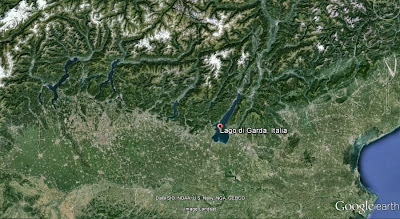A rain garden is a new way to reuse rain water. In many countries these days, heavy rains caused flooding. These floods occur because too much water can quickly reach the ultimate sinks. Large amounts of water can also carry high pollutant loads. Why not to stop them in their place of origin? within this stop the loading will be trapped as small quantities.
"Rain Garden is a planted depression or a hole that allows rainwater runoff from impervious urban areas, like roofs, driveways, walkways, parking lots, and compacted lawn areas, the opportunity to be absorbed. This reduces rain runoff by allowing stormwater to soak into the ground (as opposed to flowing into storm drains and surface waters which causes erosion, water pollution, flooding, and diminished groundwater). They can be designed for specific soils and climates. The purpose of a rain garden is to improve water quality in nearby bodies of water. Rain gardens can cut down on the amount of pollution reaching creeks and streams by up to 30%.
Native plants are recommended for rain gardens because they generally do not require fertilizer and are more tolerant of one’s local climate, soil, and water conditions, and attract local wildlife such as native birds. The plants — a selection of wetland edge vegetation, such as wildflowers, sedges, rushes, ferns, shrubs and small trees — take up excess water flowing into the rain garden. Water filters through soil layers before entering the groundwater system. Root systems enhance infiltration, maintain or even augment soil permeability, provide moisture redistribution, and sustain diverse microbial populations involved in biofiltration. Also, through the process of transpiration, rain garden plants return water vapor to the atmosphere. A more wide-ranging definition covers all the possible elements that can be used to capture, channel, divert, and make the most of the natural rain and snow that falls on a property. The whole garden can become a rain garden, and each component of the whole can become a small-scale rain garden in itself." (copied from wikipedia at wiki/Rain_garden).
 |
| www.riqualificazioneurbana.com |
 |
| www.centralohioraingardens.org |


































